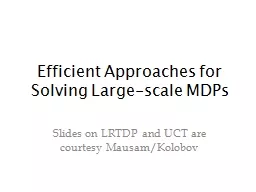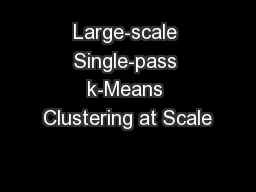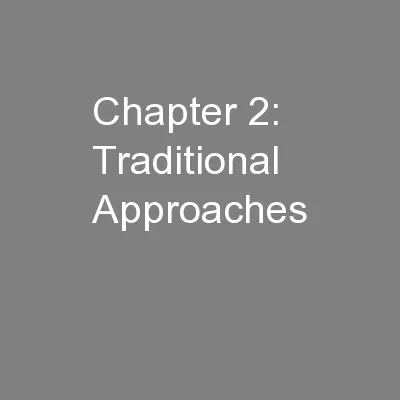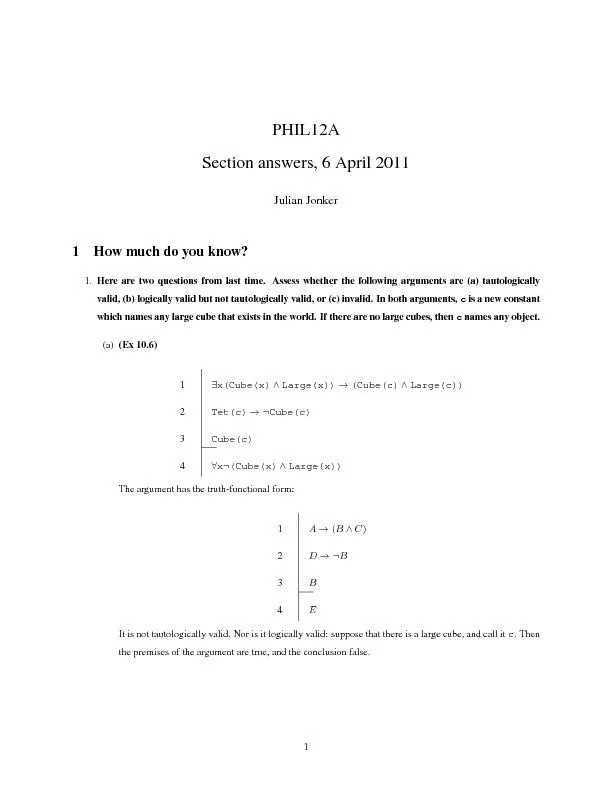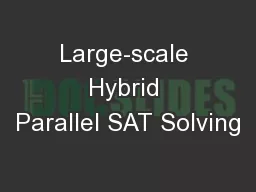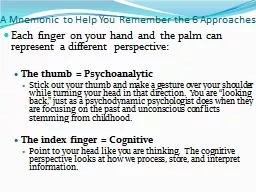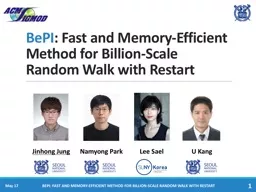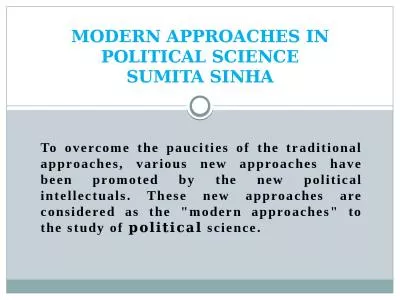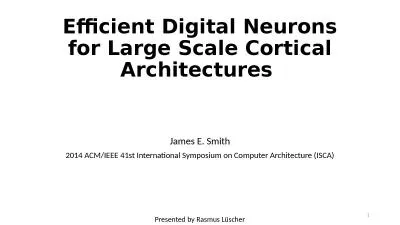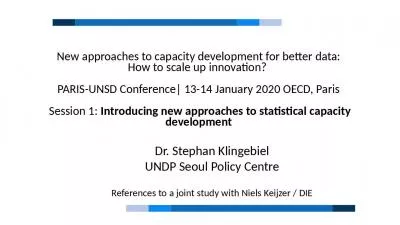PPT-Efficient Approaches for Solving Large-scale MDPs
Author : trish-goza | Published Date : 2019-06-22
Slides on LRTDP and UCT are courtesy Mausam Kolobov Ideas for Efficient Algorithms Use heuristic search and reachability information LAO RTDP Use execution andor
Presentation Embed Code
Download Presentation
Download Presentation The PPT/PDF document "Efficient Approaches for Solving Large-s..." is the property of its rightful owner. Permission is granted to download and print the materials on this website for personal, non-commercial use only, and to display it on your personal computer provided you do not modify the materials and that you retain all copyright notices contained in the materials. By downloading content from our website, you accept the terms of this agreement.
Efficient Approaches for Solving Large-scale MDPs: Transcript
Download Rules Of Document
"Efficient Approaches for Solving Large-scale MDPs"The content belongs to its owner. You may download and print it for personal use, without modification, and keep all copyright notices. By downloading, you agree to these terms.
Related Documents

